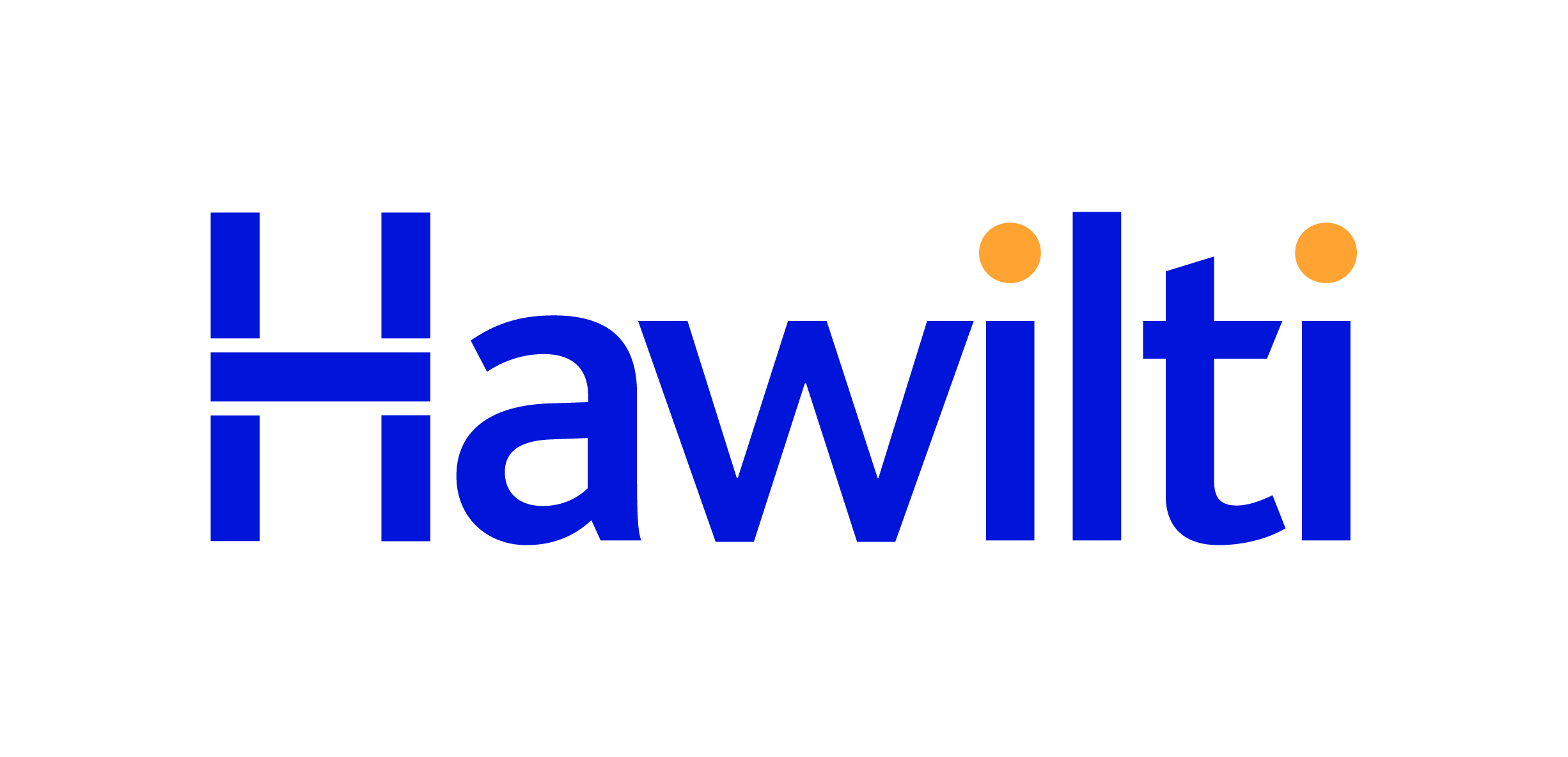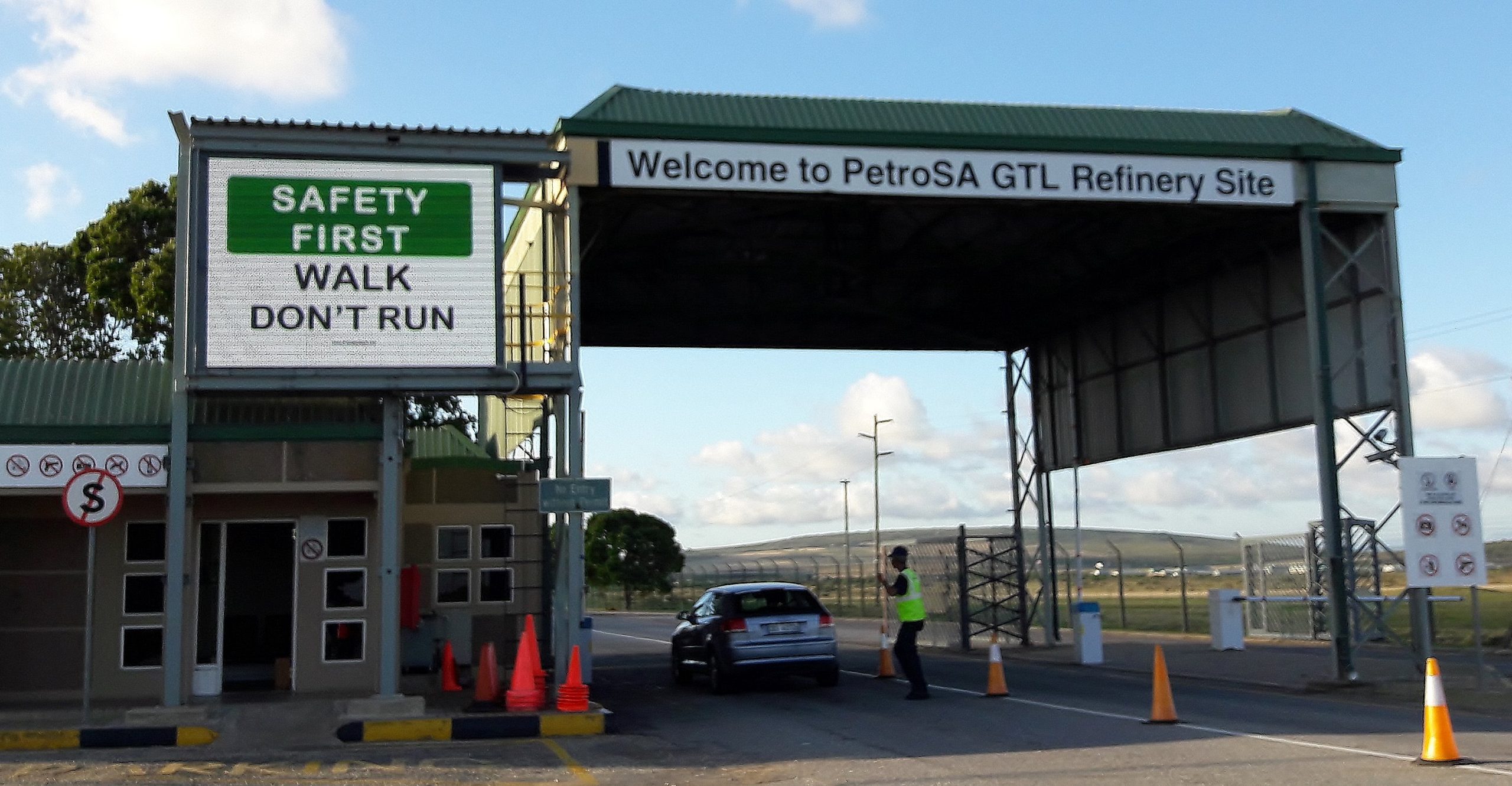South Africa’s PetroSA has issued a Request for Proposal (RFP) to secure a partner for the development, refurbishment, modification, upgrade, funding and/or operation of its gas-to-liquids (GTL) refinery at Mossel Bay.
“PetroSA is planning to reinstate to full production level its Mossel Bay Production Assets which includes the FA Platform and GTL-Refinery (Gas Loop and Liquids Refinery) in the earliest possible time at least costs following suspension of production in 2020 due to feedstock challenges,” the company said in its RFP document consulted by Hawilti.
While the 36,000 bpd refinery has not been able to produce since 2020, its outlook changed when TotalEnergies made significant gas and condensate discoveries at Brulpadda and Luiperd in 2019 and 2020, within its deep-water Block 11B/12B. Both discoveries have the potential to supply gas to the domestic market and provide the feedstock required to restart operations at PetroSA’s GTL refinery and reach full production capacity by 2027/2028.
TotalEnergies and its partners are already working on an early production scheme (EPS) that would provide first gas and condensate production from the Luiperd discovery. The project would likely utilize PetroSA’s nearby infrastructure, including the FA Platform, in order to supply gas to customers in Mossel Bay.

Interested parties for the development and upgrade of the Mossel Bay GTL Refinery have until February 20th to submit their applications for a turnkey solution from design to commissioning, including funding and feedstock security. PetroSA has notably expressed its interest to link the success of the projects to financial incentives, including sharing in production revenues, performance-based contracting, or equity participation.

